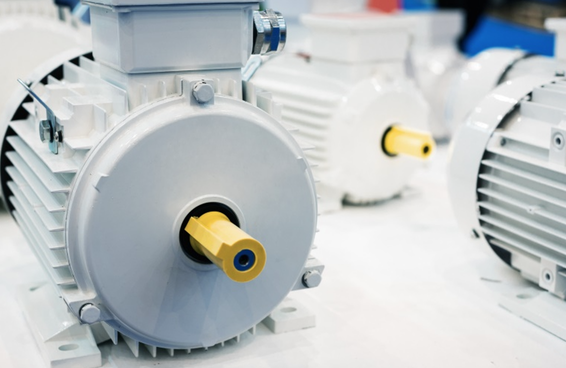Lesson Focus
The lesson begins by outlining the work of some of the early experimenters and the sequence which eventually led to the realization of the tremendous advantages of an alternating current system, particularly for large scale and long distance applications. A necessary preliminary to this lesson is the lesson entitled “Basic Direct Current Generators and Motors” to be found elsewhere in this series. Toward the end of this lesson there is a very simple hands-on demonstration of the working principle of an AC motor, which can be assembled in the classroom. The lesson ends with a section in which the students are invited to discuss with the teacher, various ways in which they think the demonstration could be improved.
Download:
Age Levels:
12 – 18
Objectives
Students will:
- To provide a basic understanding of alternating currents.
- Learn about how a rotating magnetic field, when interacting with suitably arranged coils of wire, can be made to produce a rotating mechanical force, i.e. an electric motor.
- Learn that a rotating magnetic field, when driven by a mechanical force, can produce an electric voltage, i.e. a generator.
- Learn that these two effects are generally speaking, equal and opposite.
- Learn about how these two phenomena can be conveniently and safely controlled.
- Learn about the importance of discipline and teamwork.
Anticipated Learner Outcomes
As a result of this activity, students should develop an understanding of:
- Basic alternating current motors
- engineering history
- problem solving
- teamwork
Lesson Activities
At the end of this lesson there is a very simple hands-on demonstration of the working principle of an AC motor, which can be assembled in the classroom. Given that AC motors require a more complex power supply than DC motors, it is not considered reasonable to offer anything more sophisticated at this time.
Alignment to Curriculum Frameworks
Curriculum alignment sheet is included in PDF.



